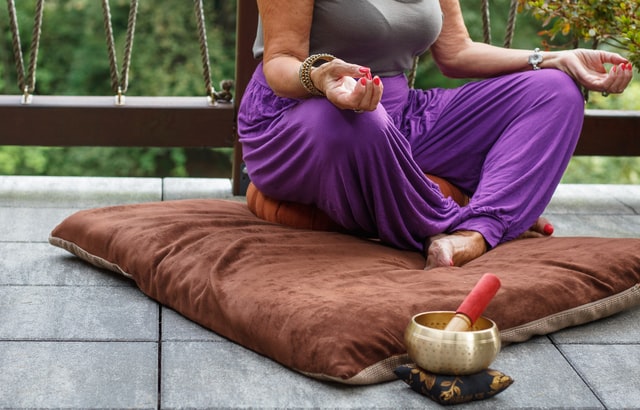Meditation Techniques: Definitions, Examples & TipsInterested in learning how to meditate? Look no further. Here are various types of meditation techniques for all levels.
While this particular scenario may not be your exact situation, many of us have difficulty finding the time to better take care of ourselves. Whether you’re looking to reduce stress at work, find a way to fall asleep faster, or are just interested in meditation, meditation can be the answer. We’ll explore some meditation techniques to incorporate into your life today so that you can resolve some of these common challenges.
Before reading on, if you're a therapist, coach, or wellness entrepreneur, be sure to grab our free Wellness Business Growth eBook to get expert tips and free resources that will help you grow your business exponentially. Are You a Therapist, Coach, or Wellness Entrepreneur?
Grab Our Free eBook to Learn How to
|
Are You a Therapist, Coach, or Wellness Entrepreneur?
Grab Our Free eBook to Learn How to Grow Your Wellness Business Fast!
|
Terms, Privacy & Affiliate Disclosure | Contact | FAQs
* The Berkeley Well-Being Institute. LLC is not affiliated with UC Berkeley.
Copyright © 2024, The Berkeley Well-Being Institute, LLC
* The Berkeley Well-Being Institute. LLC is not affiliated with UC Berkeley.
Copyright © 2024, The Berkeley Well-Being Institute, LLC


